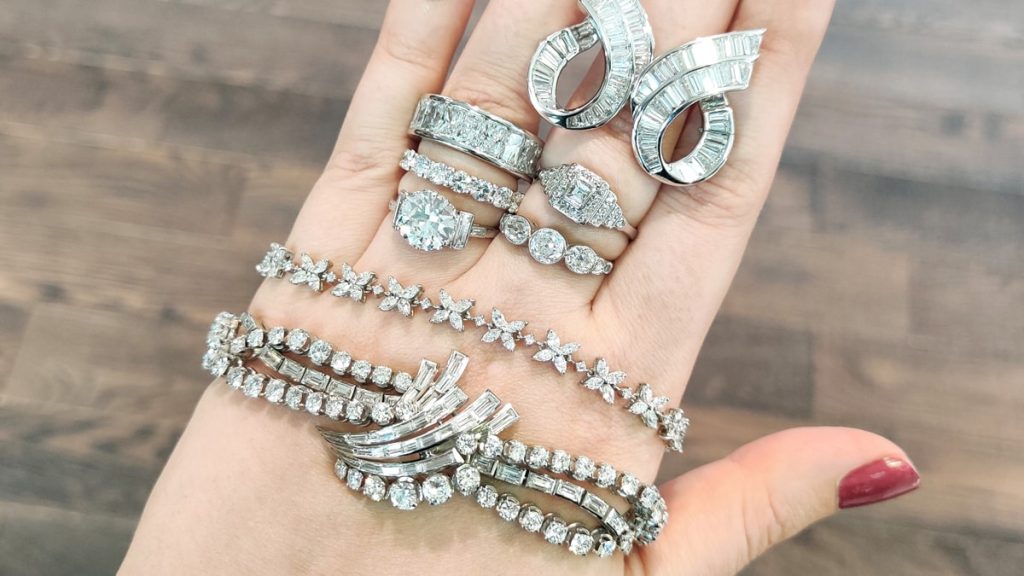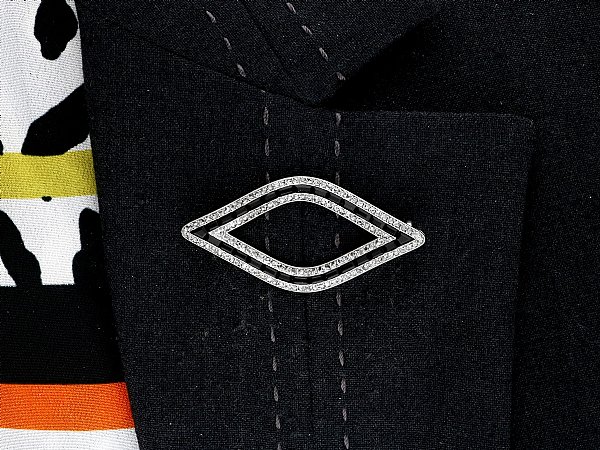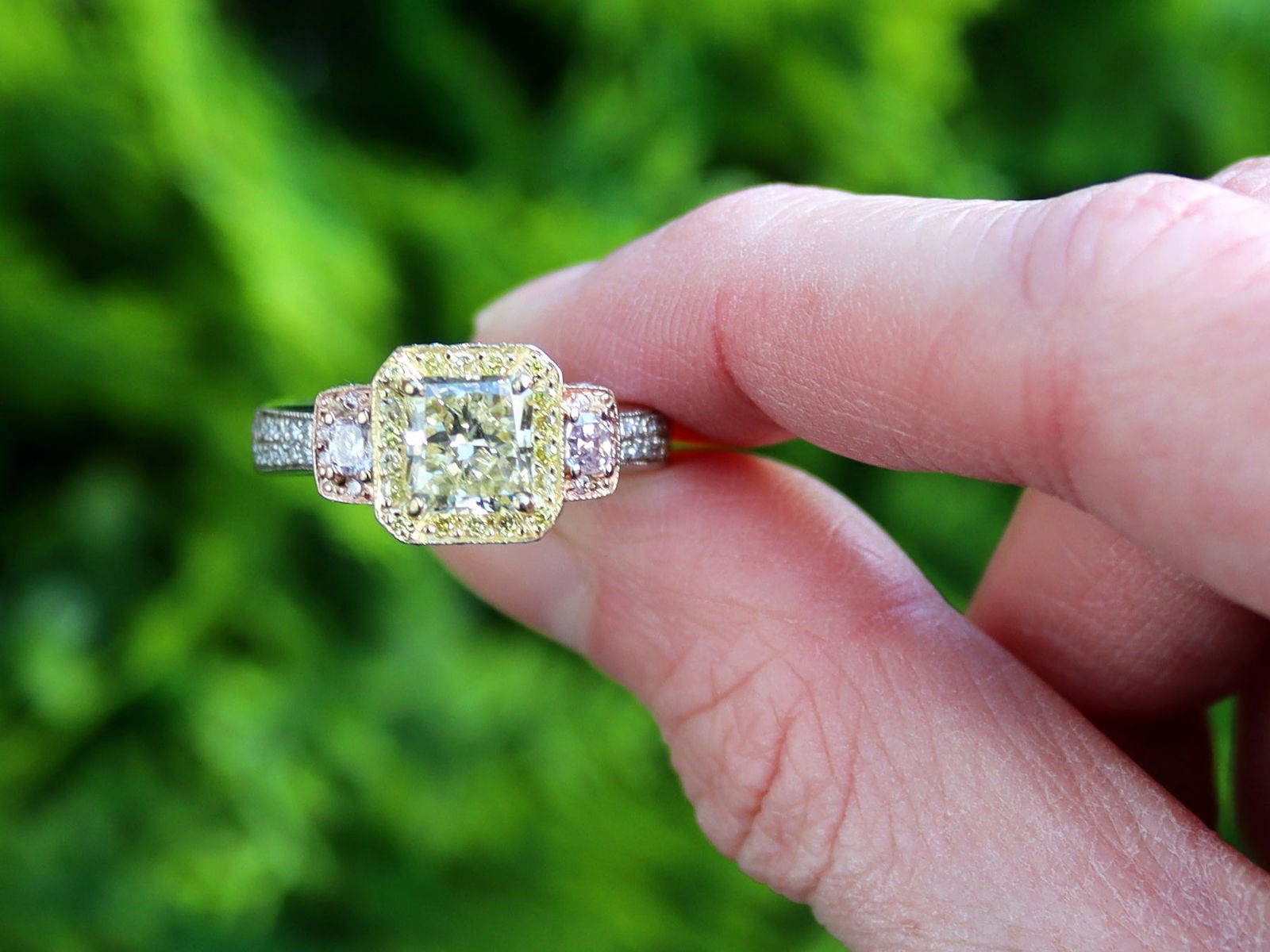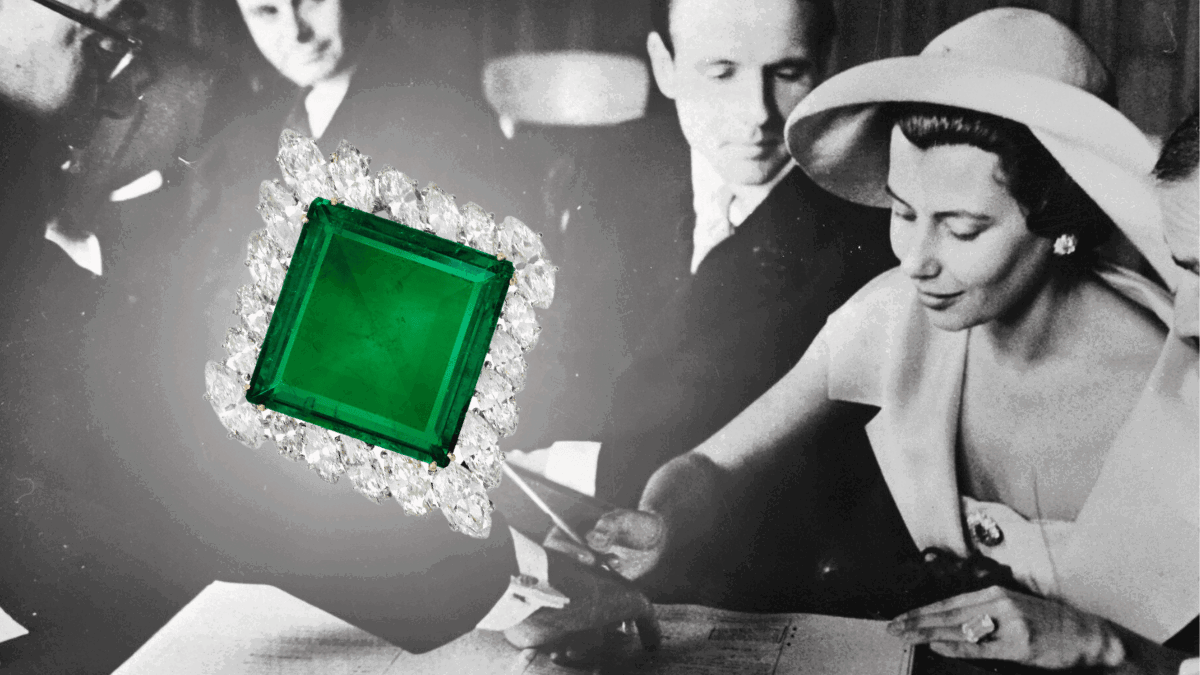The Art Deco era, flourishing between the 1920s and 1930s, was a period defined by bold innovation and modern elegance. Few names in fine jewellery reflect the glamour and precision of this time better than Cartier. Often called the “Jeweller of Kings and King of Jewellers,” Cartier was instrumental in shaping the Art Deco movement with its striking designs, exceptional craftsmanship, and inventive use of materials.
Let’s examine how Cartier became a foundational element of Art Deco jewellery and explore some of its most iconic pieces.
Cartier and the Rise of Art Deco
Cartier’s foray into Art Deco coincided with a significant shift in design, moving away from the intricate, nature-inspired styles of the Edwardian and Belle Époque periods towards the sleek geometry of the modern era. Influenced by the industrial and cultural changes of the 1920s, Cartier adopted clean lines, symmetry, and striking colour contrasts, which became defining features of the Art Deco style.
During this period, global influences played a crucial role in shaping design trends. Cartier looked to ancient Egypt, India, and the Far East for inspiration, incorporating elements like scarabs, lotuses, and pagodas into their jewellery. The brand’s unique ability to merge these varied cultural motifs with contemporary design principles distinguished it from its peers.
Key Features of Cartier’s Art Deco Jewellery
- Geometric Precision: Cartier’s Art Deco pieces stand out with their bold geometric shapes, including rectangles, triangles, and chevrons. The designs emphasise symmetry and balance, mirroring the era’s admiration for order and structure.
- Vivid Colour Contrasts: The brand’s use of vibrant gemstones like emeralds, rubies, sapphires, and onyx creates striking contrasts against diamonds and platinum settings. This daring approach to colour became a hallmark of the Art Deco style.
- Innovative Materials: Cartier frequently integrated unconventional materials such as jade, coral, rock crystal, and enamel into its creations, challenging the norms of traditional jewellery craftsmanship.
- Exotic Influences: The allure of global cultures is reflected in Cartier’s designs. Pieces inspired by the Egyptian Revival, following the discovery of Tutankhamun’s tomb in 1922, and Indian-inspired jewels featuring intricately carved gemstones are among the house’s most renowned works.
Iconic Cartier Art Deco Masterpieces
The Tutti Frutti Necklace
Perhaps one of Cartier’s most famous Art Deco creations, the Tutti Frutti necklace exemplifies the house’s innovative approach to jewellery design. Featuring a riot of colour with carved emeralds, rubies, and sapphires set amidst diamonds and platinum, this piece reflects the influence of Indian jewellery and the vibrant spirit of the Jazz Age.
The Panther Motif
Although now synonymous with Cartier, the panther motif found its roots in the Art Deco period. Sleek and powerful, the panther became a symbol of elegance and modernity, often appearing in brooches, pendants, and rings adorned with onyx and diamonds.
Cigarette Cases and Vanity Cases
Beyond traditional jewellery, Cartier expanded its Art Deco influence to accessories such as cigarette and vanity cases. These pieces featured intricate geometric designs, luxurious materials, and impeccable craftsmanship, making them coveted symbols of sophistication.
Cartier’s Art Deco masterpieces exemplify the brand’s innovative design and craftsmanship, showcasing a unique blend of luxury and artistic expression that has left a lasting impact on the world of jewellery. These creations not only reflect the aesthetic values of the Art Deco movement but also solidify Cartier’s status as a leader in the realm of high-end adornments.
At AC Silver, we take pride in offering a curated selection of authentic Art Deco jewellery, including rare Cartier masterpieces. Whether you’re a seasoned collector or new to the world of antique jewellery, our collection provides an opportunity to own a piece of design history.










